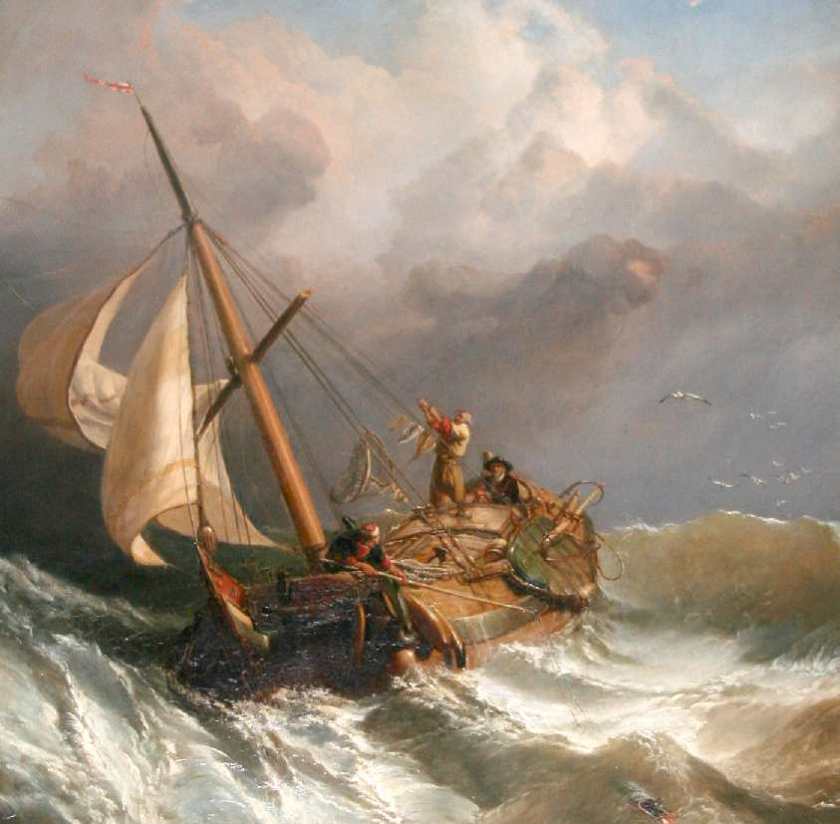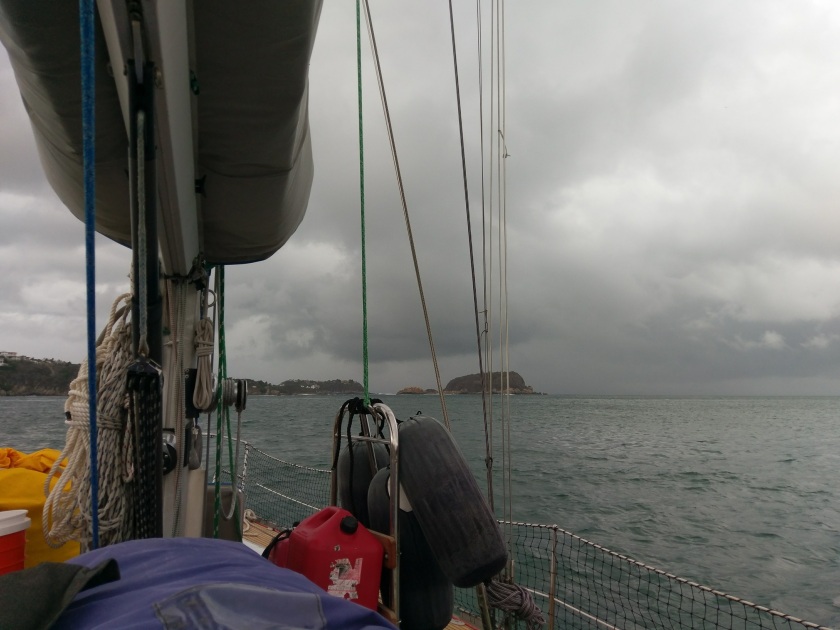
After reflecting on my failed crossing of the Gulf of Tehaunepec last week, I came across 438 Days—a really great book about a fisherman who drifted in a broken boat all the way to the Marshall Islands from the Gulf of Tehauntepec on the pacific coast of Mexico. José Salvador Alvarenga was a great fisherman, but his predicament was caused by breaking a few extremely basic seamanship rules, or “Duh’s” as I like to call them.
I too broke a few “Duh” rules when I set off for Chiapas last week. Unlike Mr. Alvarenga, I made it back to port. I didn’t have to drink sea turtle blood, eat raw sea birds, or gather rain water. I learned lessons, without sustaining loss. I’m damn lucky.
Without further ado, here they are:
#1: Always carry extra fuel.
Grace seemingly had enough fuel for this 220 mile passage, more than enough. With a full tank, she can go 500+ nautical miles at typical cruising speeds. However, due to a strong 2-3 knot opposing current and headwinds, Grace’s cruising speed had halved, effectively decreasing her range by 50%, to a mere 250 miles. That gave me 30 nautical miles of wiggle room. Not enough. The lesson: Always carry as much fuel as reasonably possible for any substantial offshore passage, and never overestimate how little you’ll be sailing. With the wind blowing directly from my destination, this passage was, at best, a motor-sailing affair in its entirety. I knew this, and all about the opposing current and winds, but I was overconfident in Grace’s speed. Carrying extra fuel may seem like a no-brainer, but a season of smooth sailing made me cocky.
#2: Set your deepest reef at night, no matter what.
I made the fateful decision to single-reef Grace going into the first night shift. I did this in the hopes that Grace would gain a few tenths of a knot and use less fuel. I knew the ramifications, but I was overconfident. That night we sailed into a squall with observed wind speeds of 39 knots (unseen wind speeds were certainly higher, you can’t watch the wind instruments in those conditions). The second reef was put in, but too little too late. The high winds flogged the sails severely, causing critical damage to the mainsail track, and who knows where else. Not good. Not good at all.
#3: Never trust weather reports more than what you can see with your own two eyes.
When Grace departed, the skies were a foreboding hue of grey. I shrugged off the signs, believing the storm I observed was just a local phenomena that would surely subside once we got under way. Dead wrong. In retrospect, I was probably too focused on the dreaded “T-pecer”—a savage north wind that blows across the Gulf of Tehuantepec from time to time. Assured these winds wouldn’t blow (and they did not), I left without researching other possible meteorological maladies, namely the violent squalls that happen frequently here in the Summer. Although the storms weren’t in the forecasts, their presence should’ve been expected, just like the residents of Fairplay, Colorado always expect random snow in February, no matter what the local news says.
Here’s what I was looking at when I left for Chiapas:

The “why”
I blame my mistakes and those made by José Salvador Alvarenga on a single compound—testosterone. “T” is a double-edged sword of strength and fearlessness. It gave José and I the courage to shrug off caution and rush into a potentially bad situations. Interestingly, in the case of José Salvador Alvarenga, testosterone also helped him overcome his costly error. To do the things he had to do to survive drifting across the pacific for 438 days—killing sharks with his bare hands, drinking turtle blood—bravado was an asset. It’s doesn’t necessarily “take balls” to survive like that, but it certainly helped.
I should add that my girlfriend, Courtney, wasn’t around for this passage. Unaffected by “T”, she definitely would’ve objected to sailing into a storm, and all my other “duh” mistakes. It’s no accident Grace sailed smoothly until Courtney wasn’t on board. On any vessel, it’s great to have enough “E” to balance out the “T.” Maybe that’s the biggest lesson of all.
